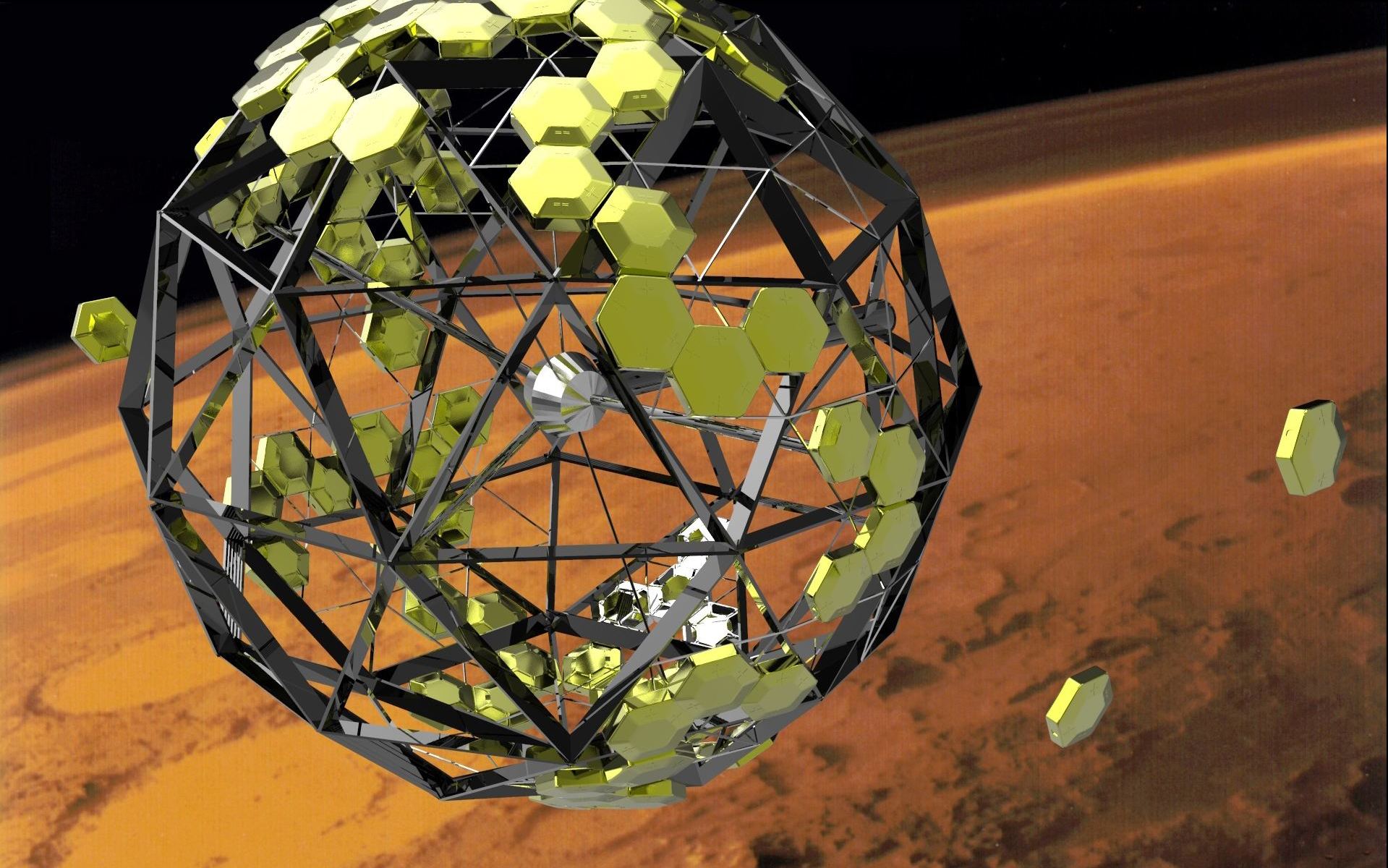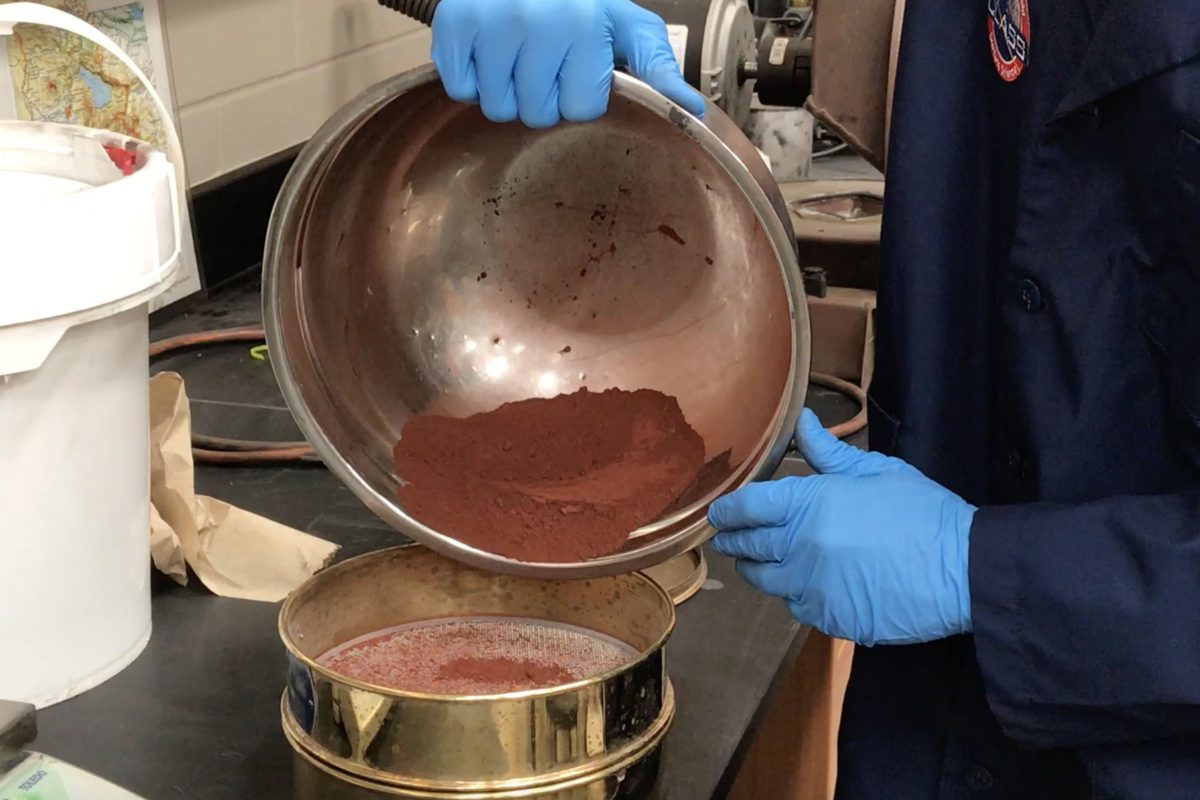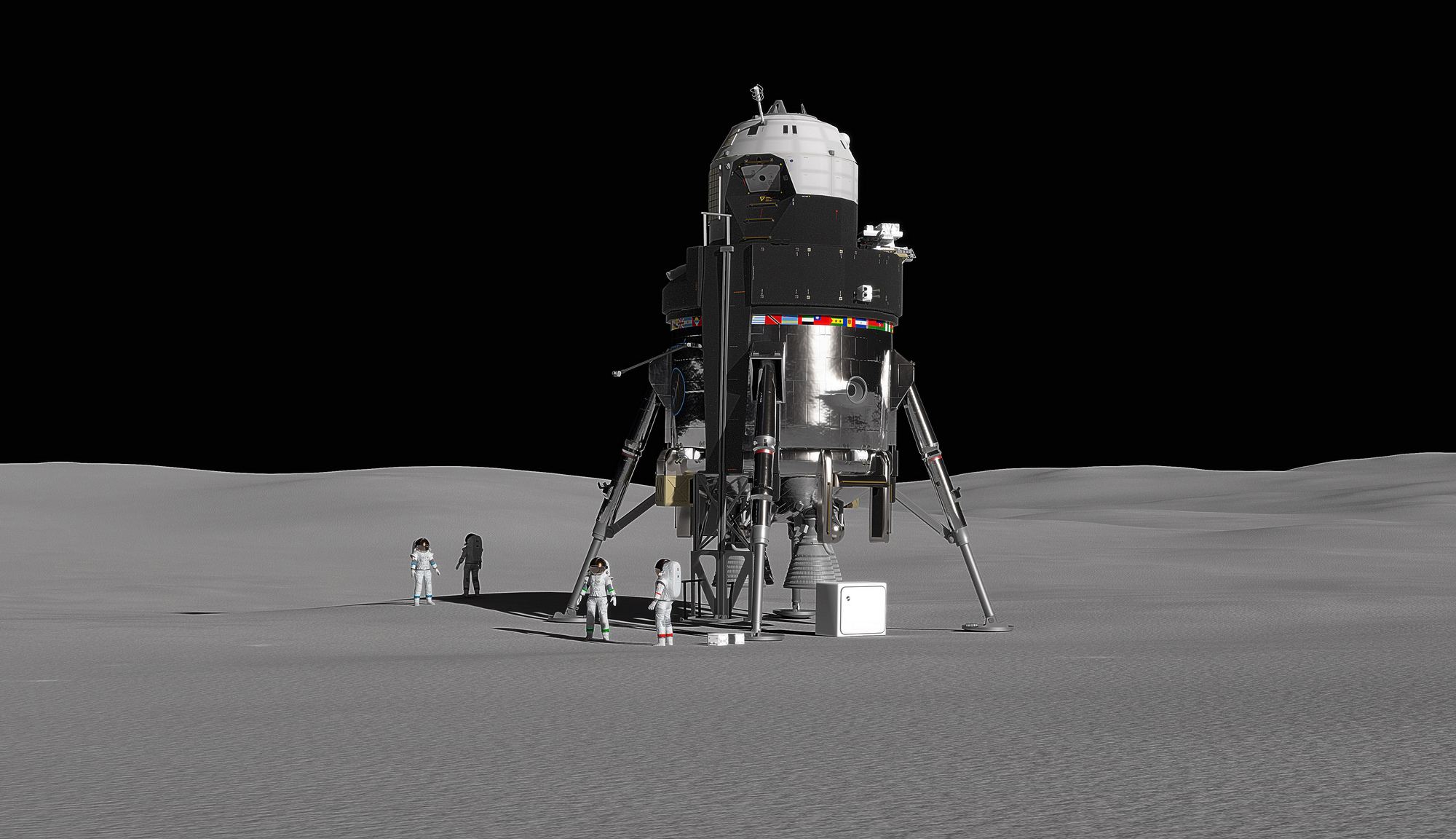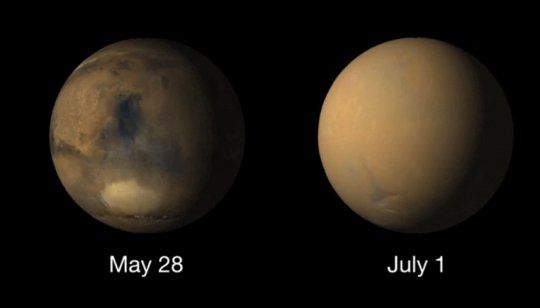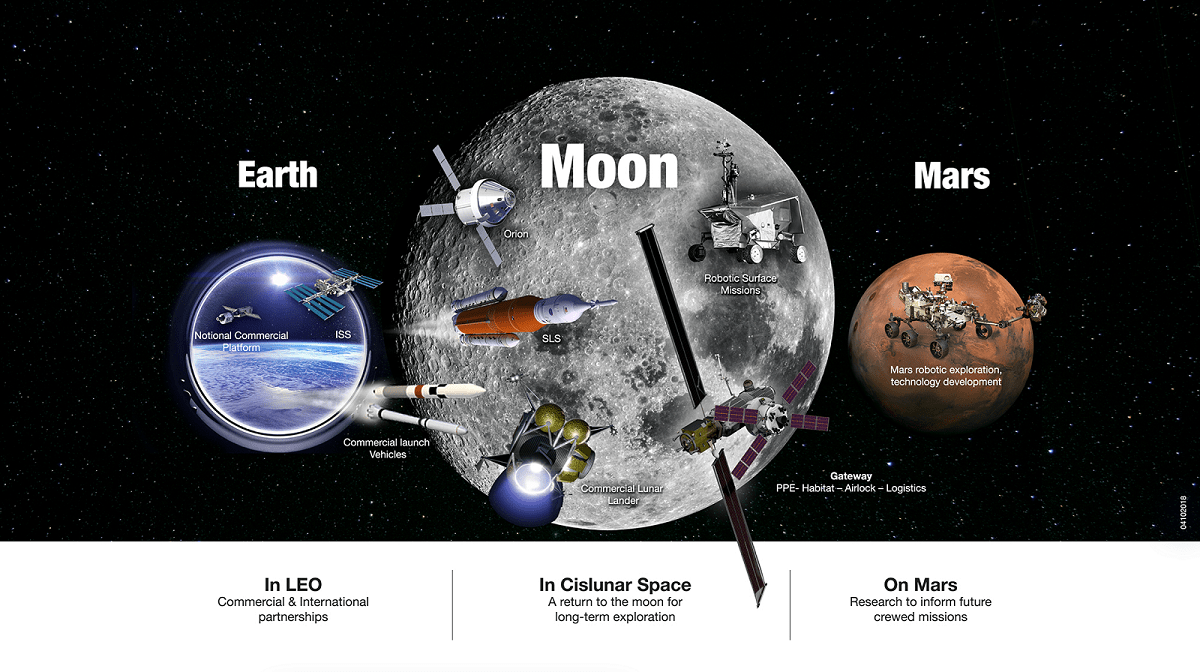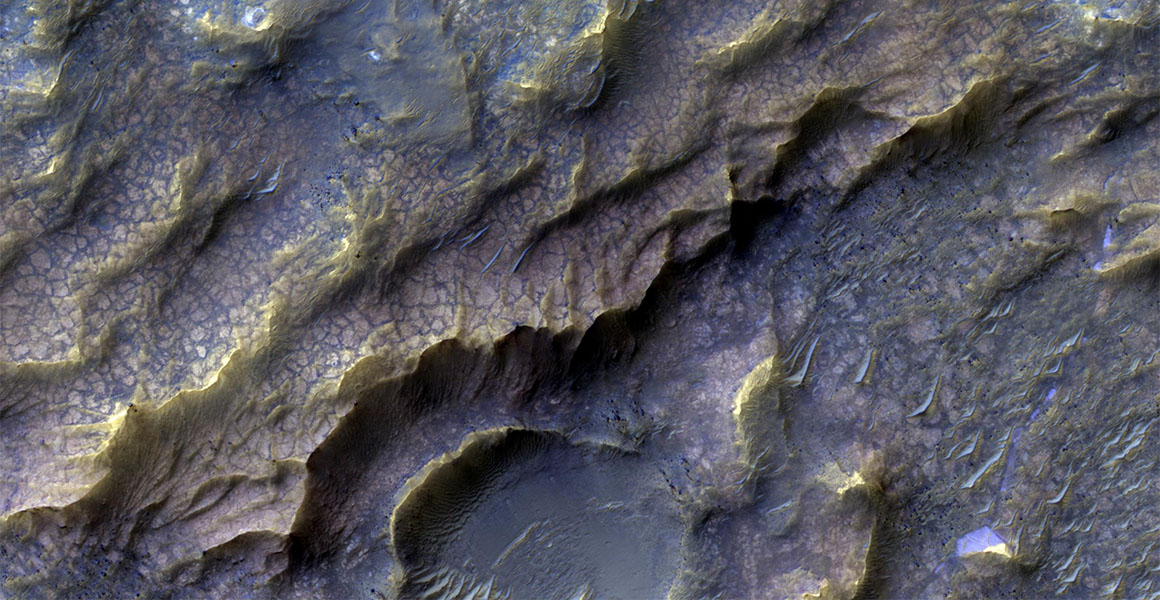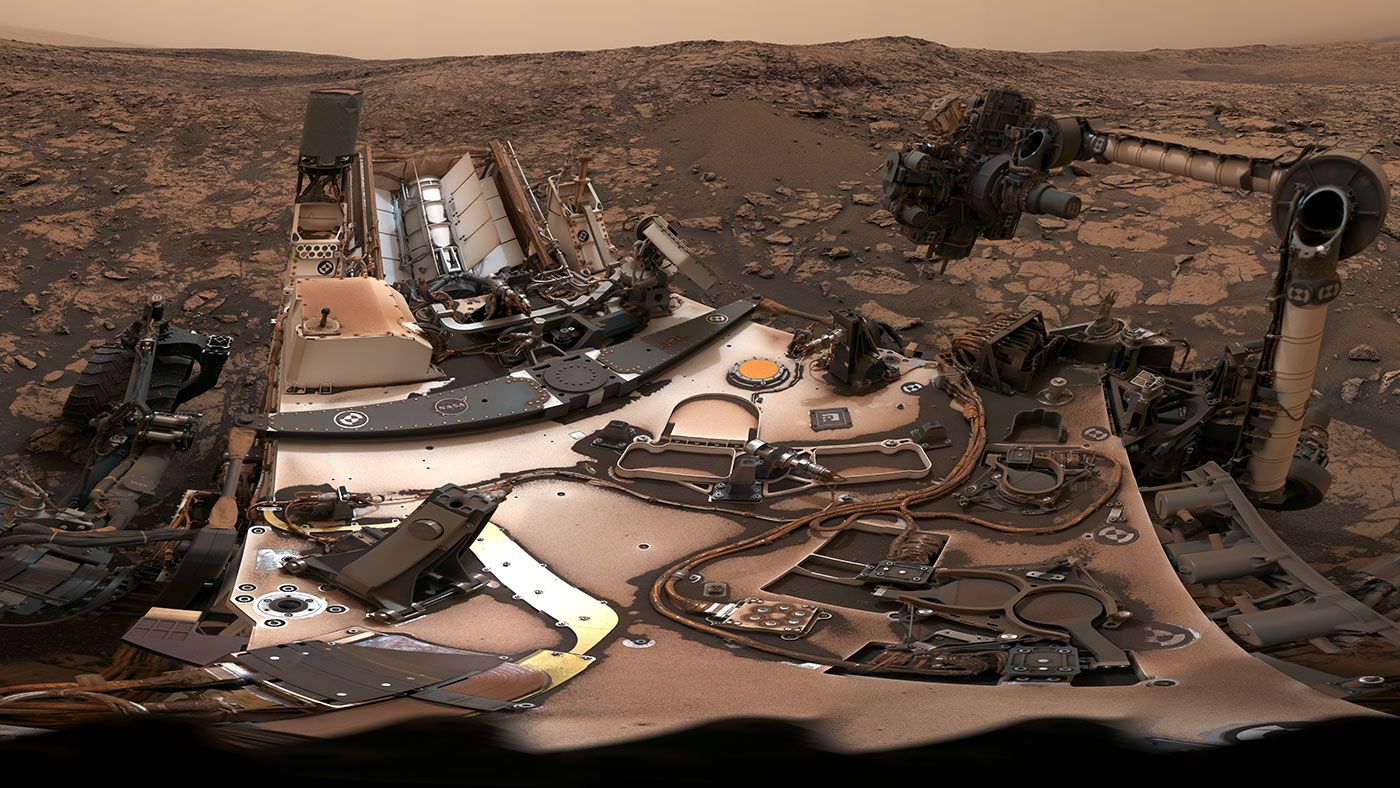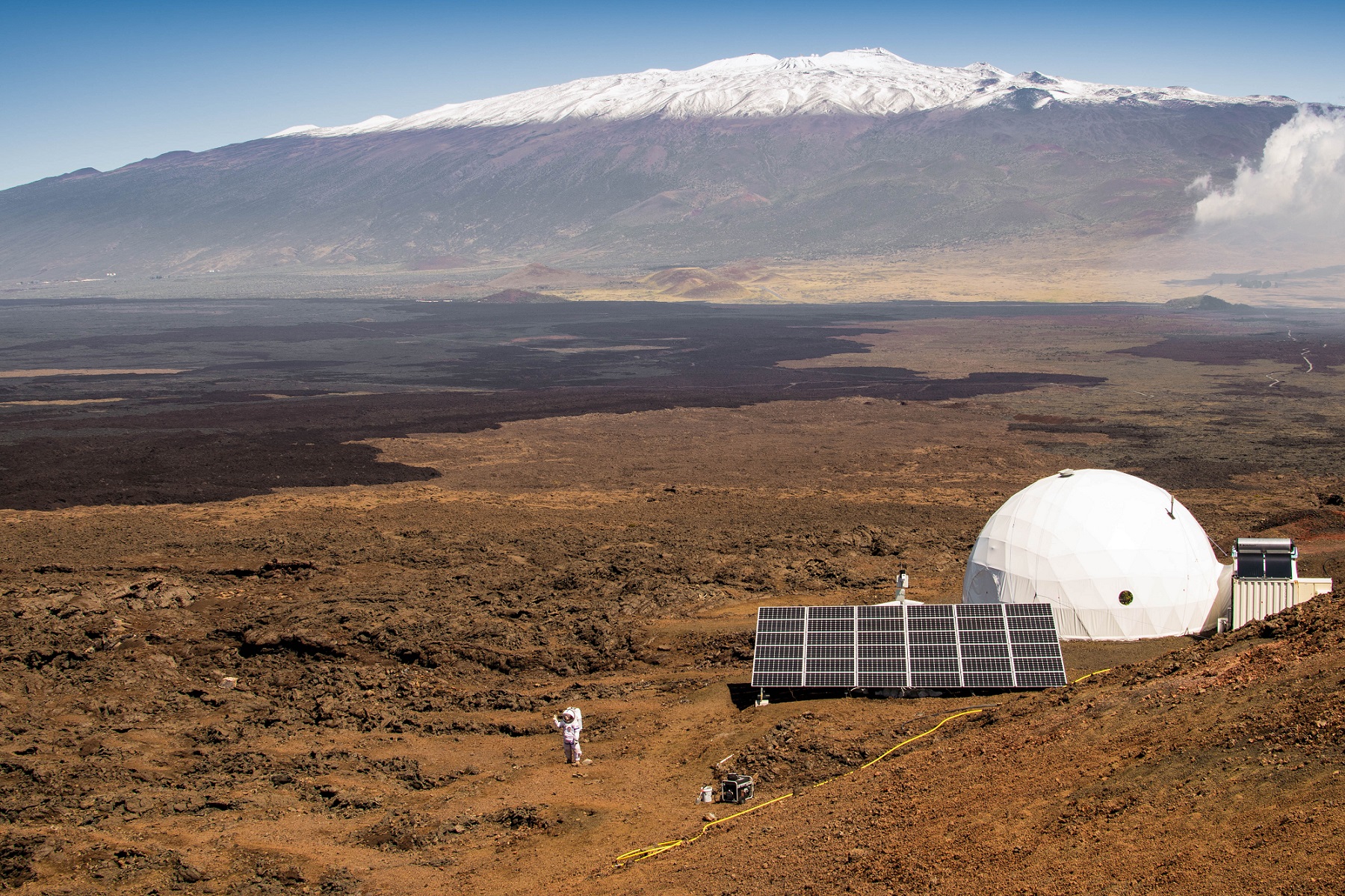The idea of exploring and colonizing Mars has never been more alive than it is today. Within the next two decades, there are multiple plans to send crewed missions to the Red Planet, and even some highly ambitious plans to begin building a permanent settlement there. Despite the enthusiasm, there are many significant challenges that need to be addressed before any such endeavors can be attempted.
These challenges – which include the effects of low-gravity on the human body, radiation, and the psychological toll of being away from Earth – become all the more pronounced when dealing with permanent bases. To address this, civil engineer Marco Peroni offers a proposal for a modular Martian base (and a spacecraft to deliver it) that would allow for the colonization of Mars while protecting its inhabitants with artificial radiation shielding.
Continue reading “Plans for a Modular Martian Base that Would Provide its own Radiation Shielding”

